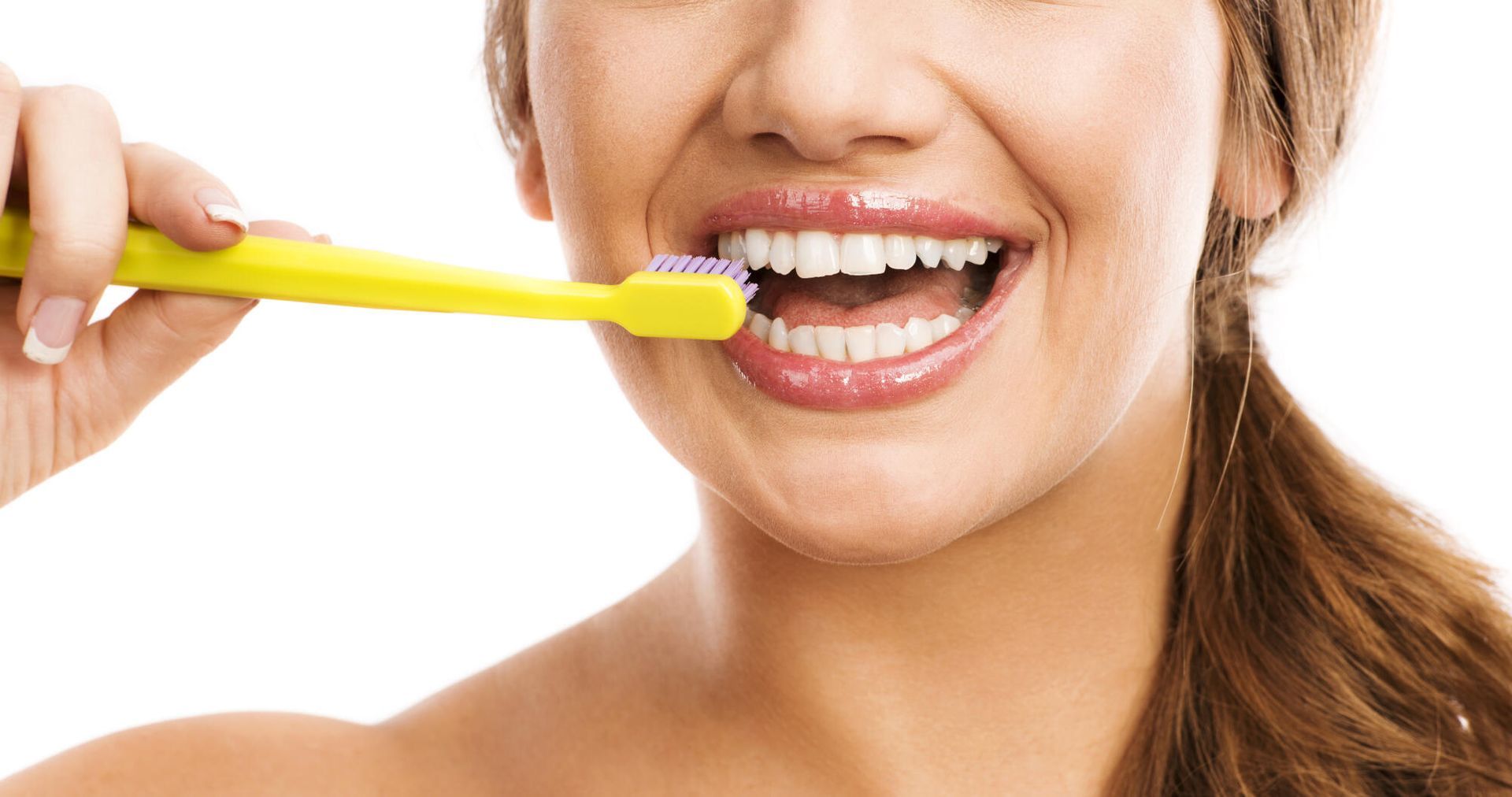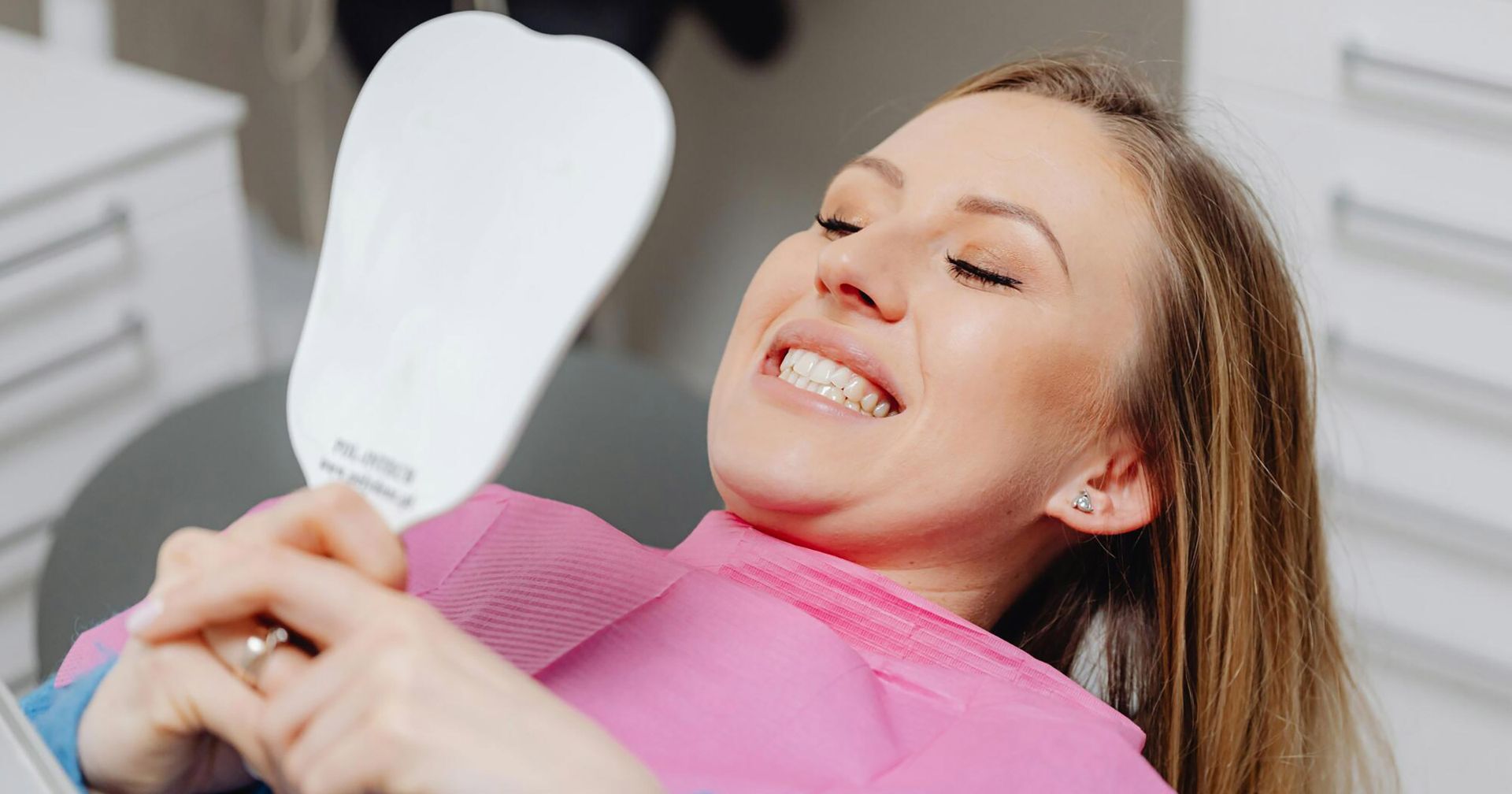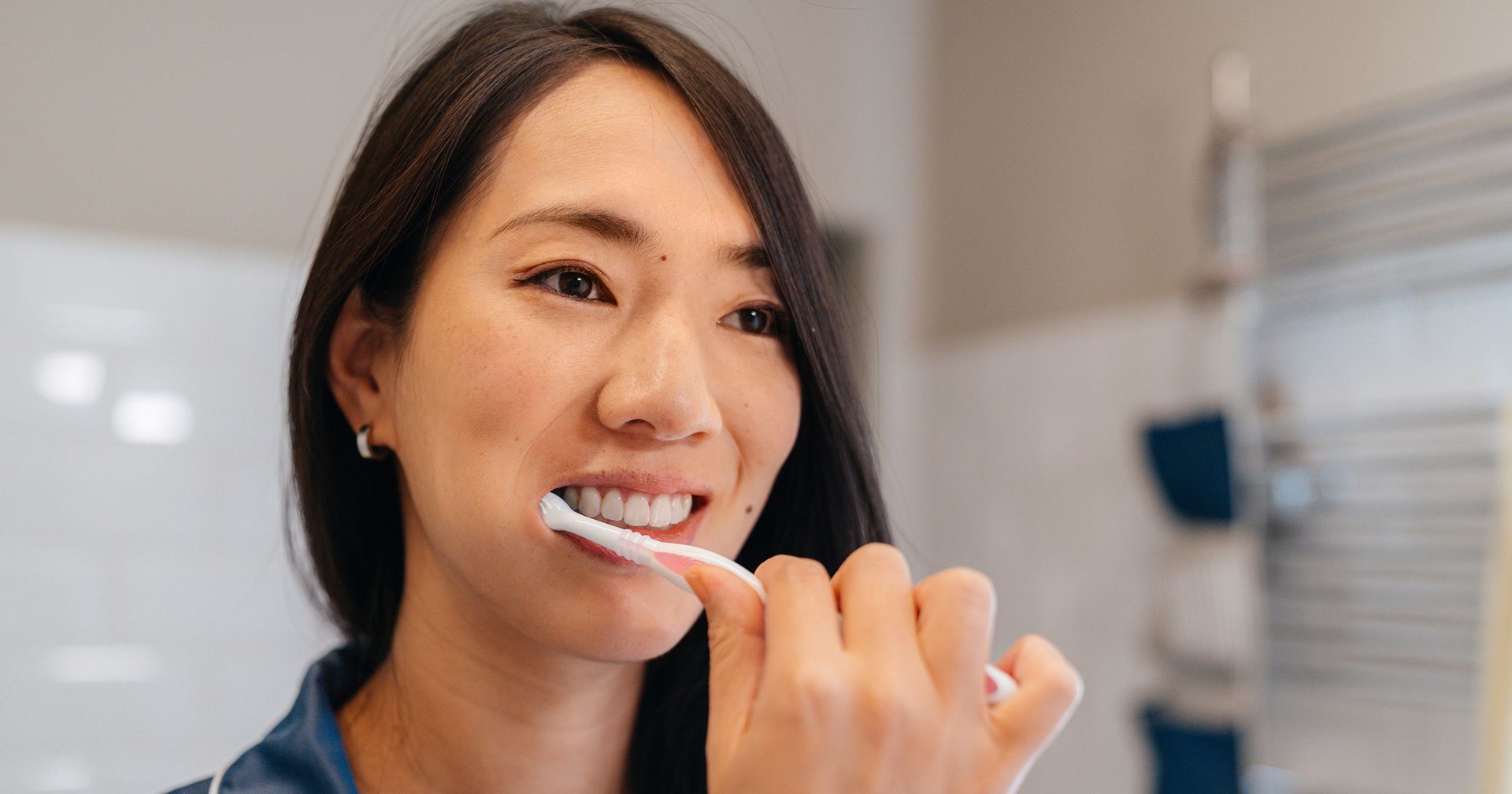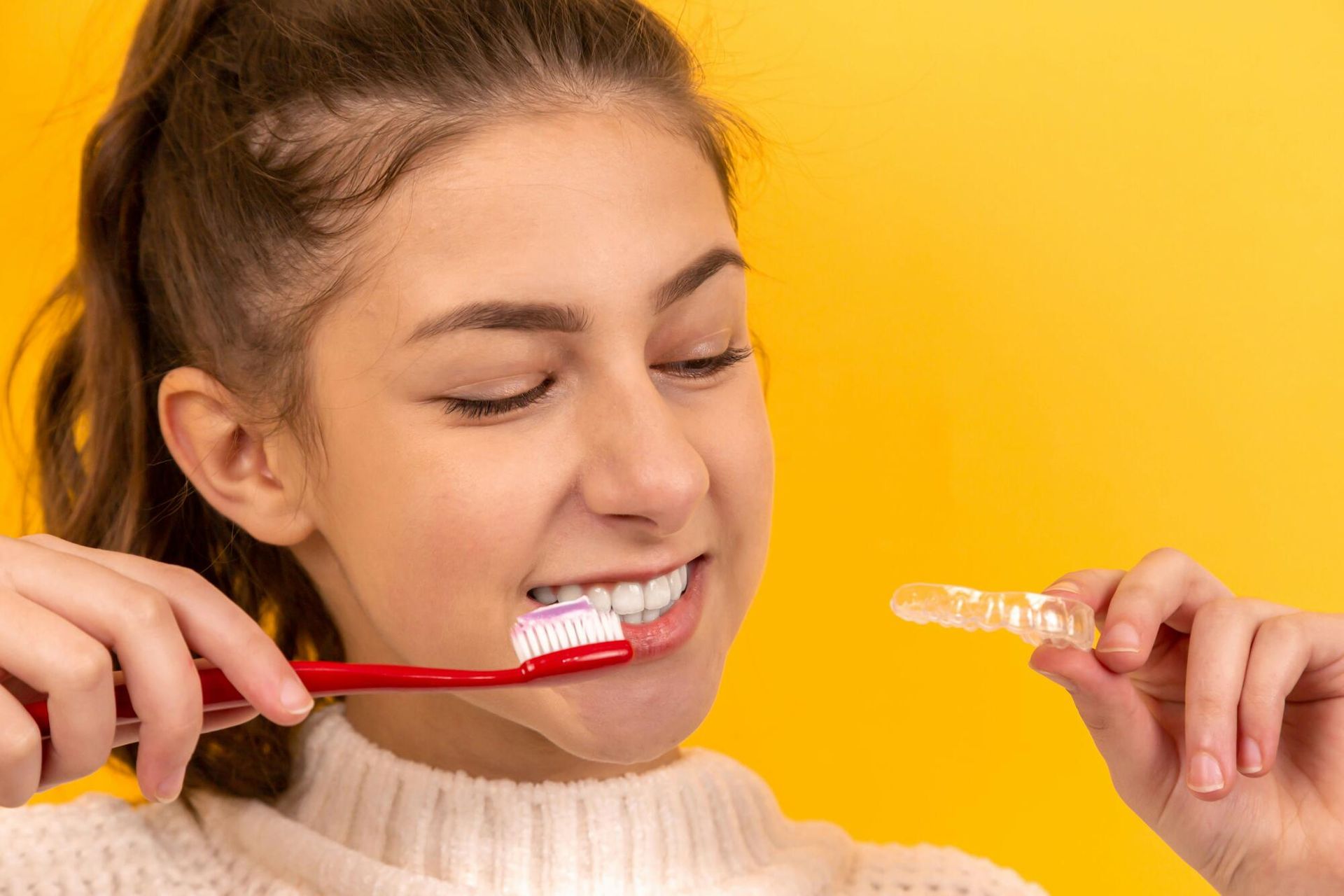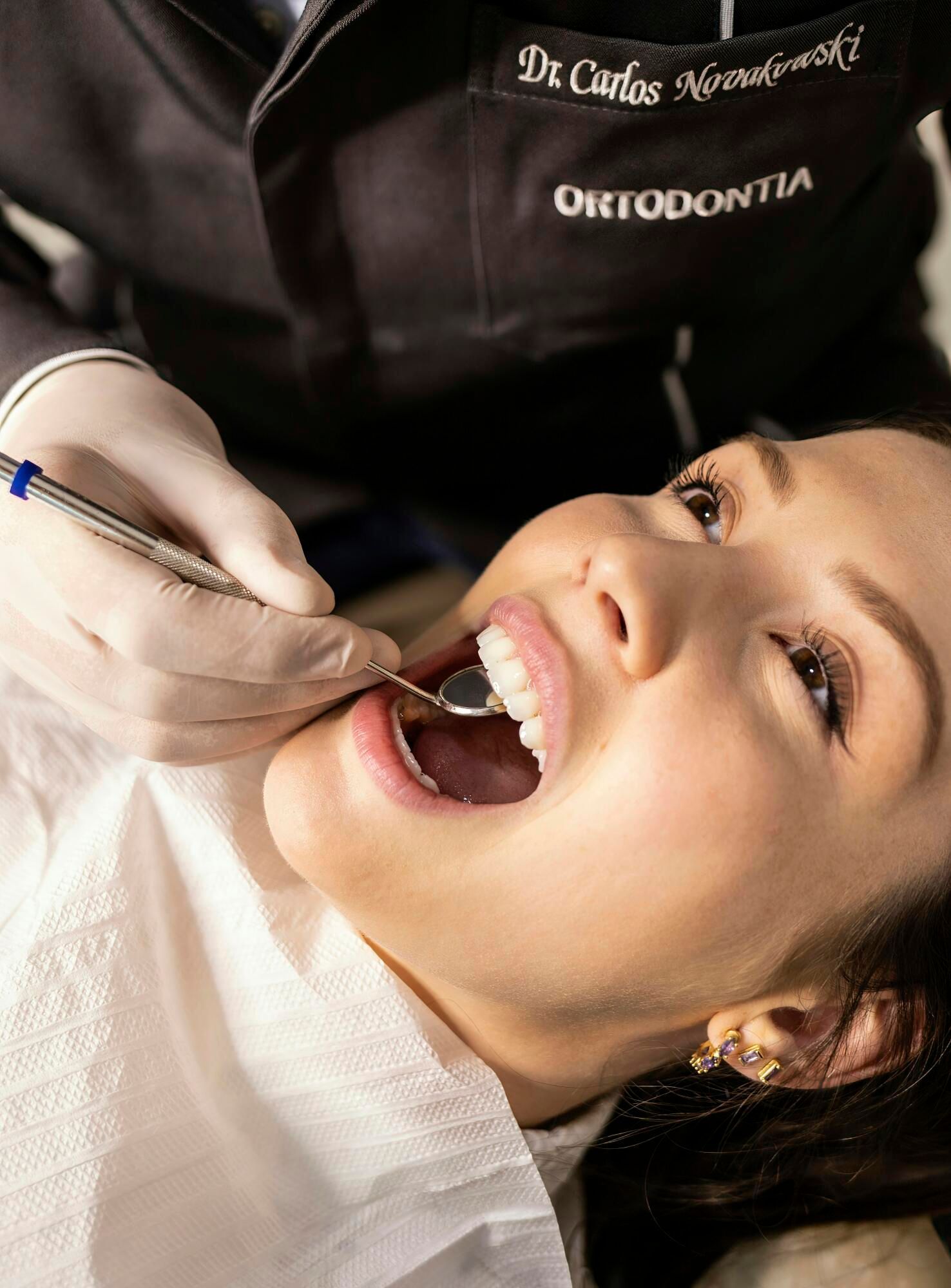Understanding Gum Disease: Symptoms, Treatment, and Prevention
Find out how to identify unhealthy gums, available treatments, and preventive measures. Don't delay, improve your gum health today!
Dealing with gum disease can present a range of problems, including pain and issues with your smile. According to the Centers for Disease Control (CDC), approximately 4 in 10 U.S. adults 30 years or older had some form of periodontitis (or gum disease) between 2009-2014.
If you're concerned about unhealthy gums, it's important to know the signs, treatments available, and how to prevent it from occurring.
Read on to discover how you can deal with gum disease with these helpful oral health tips.
Gum Disease Causes
First, let's look at the root cause of gum disease and why it happens to some patients. Bacteria naturally live in a healthy mouth, but it produces a sticky film on your teeth known as plaque when it's not removed.
If this plaque is left to sit on top of your teeth, it may lead to inflammation, which will ultimately lead to gingivitis. Plaque that is not removed typically turns into tartar or calculus. This buildup cannot be removed via simple brushing and flossing, and professional treatment will be required.
When this bacteria spreads below the gumline, it can create a periodontal pocket, which deepens the space between your gum tissue and the surface of the teeth. That bacteria then releases toxins into the pocket, making pain and inflammation more noticeable.
Over time, the buildup of bacteria, plaque, and tartar leads to gum disease. Without proper care, it will ultimately lead to bone loss and the destruction of gum tissues, which are both causes of periodontitis. Luckily, you can combat this problem by practicing good
oral hygiene on a regular basis.
Unhealthy Gums: Signs and Symptoms
If you suspect you might have gum disease, it's very important to recognize the signs and symptoms of gum disease. Here are some of the most common signs that you may have unhealthy gums:
- Bright or dark red or purple gums
- Swelling and puffiness around the gums
- Tender gums that hurt when touched
- Bleeding gums or if your toothbrush turns pink after brushing
- Spitting out blood after flossing, brushing, or using mouthwash
- Persistent bad breath
- Pus between the gums and/or teeth
- Loose teeth or teeth that fall out
- Pain when chewing food
- Large spaces between the teeth
- Your gums are pulling away from your teeth (receding gums)
- Your teeth don't fit together the same way whenever you bite
If you have gum disease, you could experience one, some, or all of these symptoms.
Seeing your dentist regularly is crucial to help prevent gum disease before it starts. We recommend enrolling in our
dental membership plan to help you save money and keep you on a regular dental health schedule.
Gingivitis Treatment
Fortunately, you can get treatment for gingivitis that will relieve your pain and promote healing. Early treatment will not only help to reverse gingivitis, but it will also prevent it from causing more serious damage to the gums and tooth loss.
A thorough dental cleaning performed by your dentist is the best step for gingivitis treatment. Your dentist will remove all traces of plaque and tartar in a procedure known as root planing. This will remove any bacteria and tartar from your teeth and underneath your gums.
Root planing removes bacteria that cause swelling and irritation while smoothing the surface of the root. This helps to prevent any further bacteria and tartar from spreading so your teeth and gums can heal. Your dentist may use a variety of tools including a laser or a special ultrasonic device during the cleaning.
Depending on the severity of the damage, your dentist may also need to perform some dental repairs. If you have crooked teeth or poorly fitting crowns or bridges, they can irritate the gums and make it more difficult to remove plaque during flossing and brushing. Your dentist may recommend performing some repairs if they notice that you have any of these issues.
After your professional dental cleaning, you should continue to practice good oral care at home. This ongoing care will ensure that you keep your teeth and gums clean and free of bacteria, plaque, and tarter in the future. Ask
your dentist about tips for a helpful at-home cleaning program and a schedule for your future dental care.
Oral Health Tips to Prevent Gum Disease
One of the best ways to prevent gum disease before it starts is by practicing good oral and dental hygiene. Brushing your teeth twice a day is one of the best ways to prevent gum disease. You should also try to brush your teeth after every meal or snack you eat and floss at least once per day.
Use a soft toothbrush and high-quality toothpaste that contains fluoride. Dispose of your toothbrush and replace it with a new one every three months or so to prevent bacteria from building up and to ensure that the bristles of your toothbrush are in good condition.
An electric toothbrush is an excellent way to remove tough plaque and tartar. Consider investing in one to help you practice good dental hygiene at home.
If you have a tough time dealing with dental floss, try a floss holder or use a dental pick that can easily clean between your teeth. After brushing and flossing, use a mouthwash that does not contain alcohol to help remove excess plaque between the teeth.
Of course, you should also schedule
regular cleanings and check-ups with your dentist and stick to the schedule they recommend. Another way to promote healthier gums is to avoid smoking and/or using chewing tobacco.
Healthy Gums, Healthy Smile
Remember the information from our guide, so you know the signs and symptoms of unhealthy gums and can take steps to treat or prevent it. With regular cleanings and good dental hygiene at home, you can prevent gum disease from affecting your beautiful smile.
At Simply Smiles, our amazing highly-qualified team is dedicated to providing the best care possible in a comfortable and welcoming atmosphere. If you have any questions or would like to schedule an appointment,
contact us today to get started!

